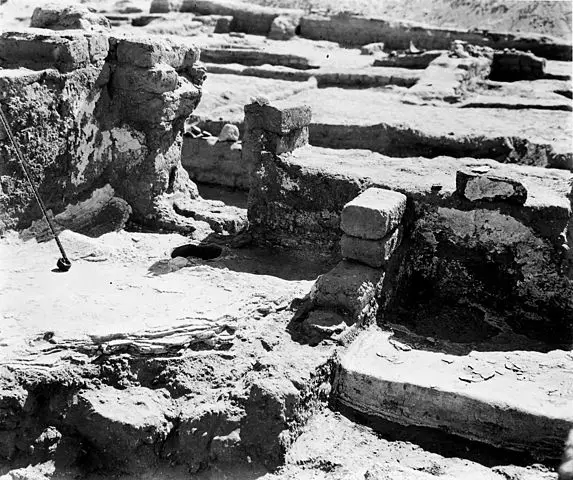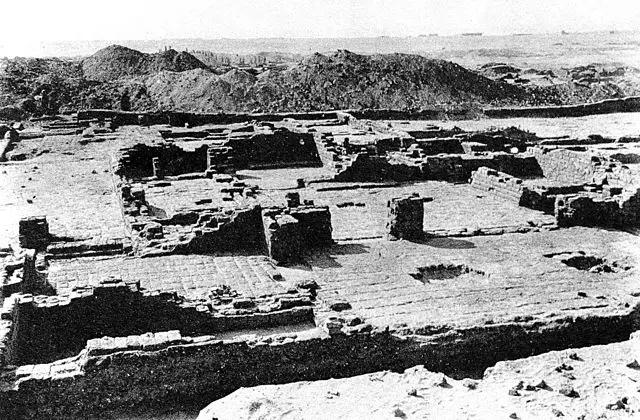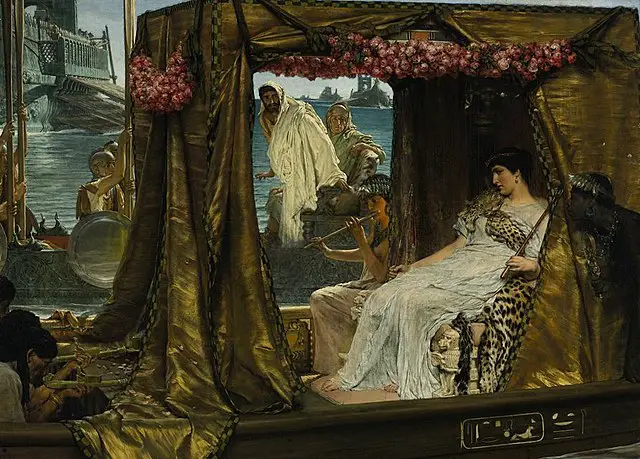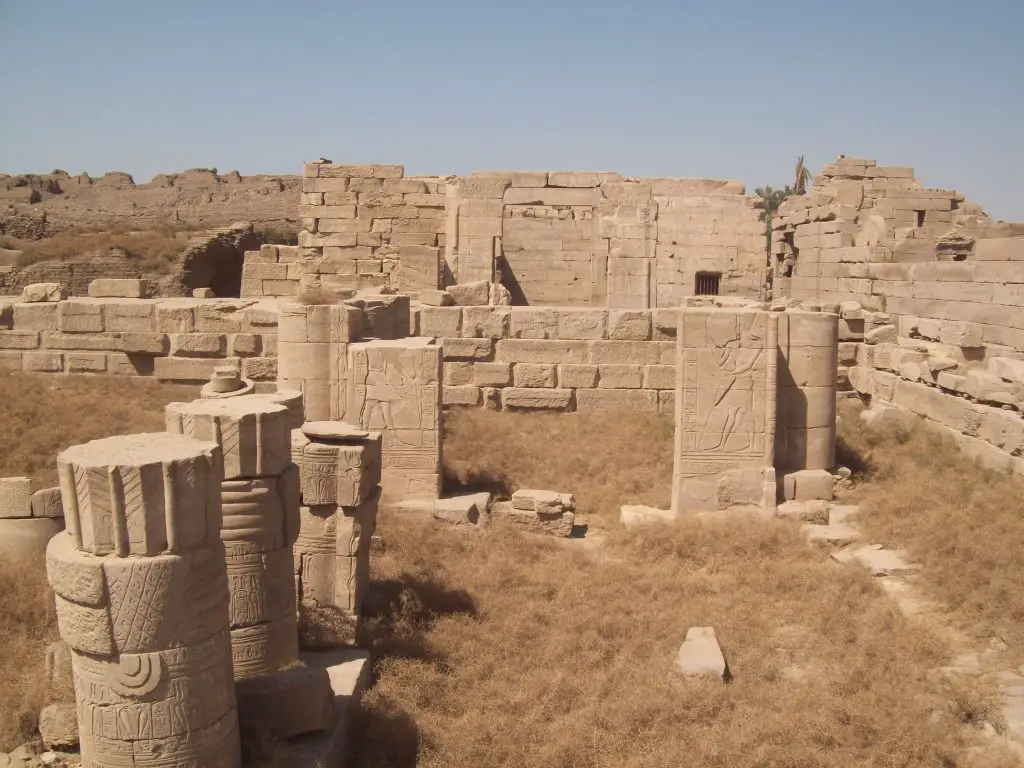Cleanliness was extremely important to the Ancient Egyptians. They believed that the cleaner a person was, the closer they were to the gods.
The Egyptians washed, bathed, and applied cosmetics daily. Even after death, Ancient Egyptians were buried with makeup and clothing to help them on Judgement Day.

Of course, the Ancient Egyptians didn’t have running water and hot showers like we do today. So how did they stay so clean? Let’s find out.
Where did the Ancient Egyptians bathe?
The average Ancient Egyptian bathed in the Nile River. Wealthier Egyptians, however, usually had a separate bathroom in their homes.
Servants would pour water over the bather’s head like a shower. Sometimes, the water was cold, but most wealthy homes had wood fired stoves that could be used to heat it up.
Every household, no matter how rich or poor, had some kind of basin or jug used for hand washing.
Since the Ancient Egyptians often walked barefoot, they also had foot baths. These were made of stone, ceramic, or wood.

How did the Ancient Egyptians bathe?
The Ancient Egyptians used a scented paste made of clay and ash for soap. They also mixed animal and vegetable oils with alkaline salts to wash and treat skin diseases.
After bathing, they also applied creams and makeup. They used ointments, perfumes, and deodorant, as well as toothpaste and breath mints.
Royals and nobles had manicurists who used a small knife and a file to keep their fingernails and toenails trimmed.
Ancient Egyptians took their appearance very seriously, since they believed it could help them gain (or lose) favor with the gods.
How often did the Ancient Egyptians bathe?
Ancient Egyptians bathed after getting up in the morning and both before and after the main meal. However, “bathing” may have meant washing their face, hands, and feet.
Still, the average Ancient Egyptian did take a bath or shower every day. Priests were expected to bathe more often, usually twice a day.
Other Interesting Facts About Ancient Egyptian Baths
For most Ancient Egyptians, another part of their hygiene routine was plucking and shaving all of their hair. They wore wigs and drew on eyebrows instead.
The science behind Ancient Egyptian cosmetics was extremely advanced. Historians say that Egyptian doctors had the best knowledge of medicine in the ancient world, and the same is true of their hygiene and cosmetic products.
According to legend, Cleopatra bathed in donkey milk to keep her skin youthful and soft. She would have 700 donkeys milked every day as part of her bathing ritual.

The Ancient Egyptians applied honey to their skin to help heal and fade scars.
Both men and women of all classes wore makeup in Ancient Egypt. Of course, wealthy Ancient Egyptians could afford better products than the average person.
The most popular perfume in Ancient Egypt was called kyphi. It was made of frankincense, myrrh, mastic, pine resin, cinnamon, cardamom, saffron, juniper, mint, and other spices and herbs. It was very expensive.
One method of making deodorant was to mix nuts, tamarisk, an ostrich egg, and a crushed tortoise shell with fat. Another consisted of lettuce, myrrh, and incense.
Toothpaste was made from mint, rock salt, pepper, and dried iris flower.
Ancient Egyptians kept their breath fresh throughout the day with breath mints made from cinnamon, melon, pine seeds, frankincense, cashews, and honey.
Because they were very religious and believed cleanliness brought them closer to the gods, the Ancient Egyptians had perhaps the best hygiene of the ancient world.
More Ancient Egypt facts.
